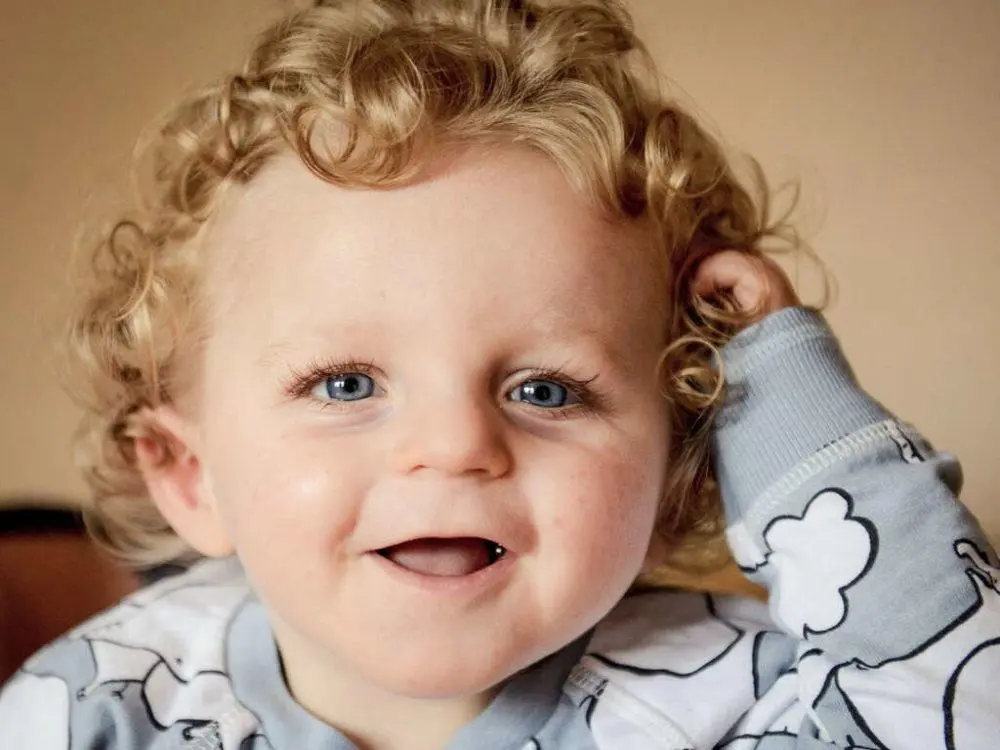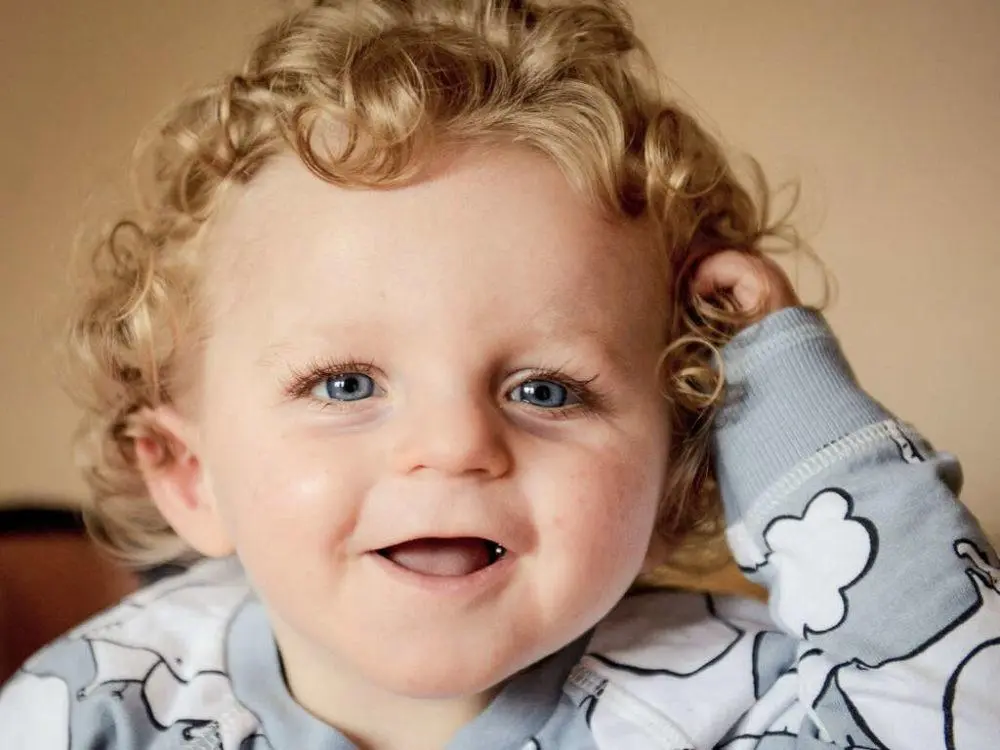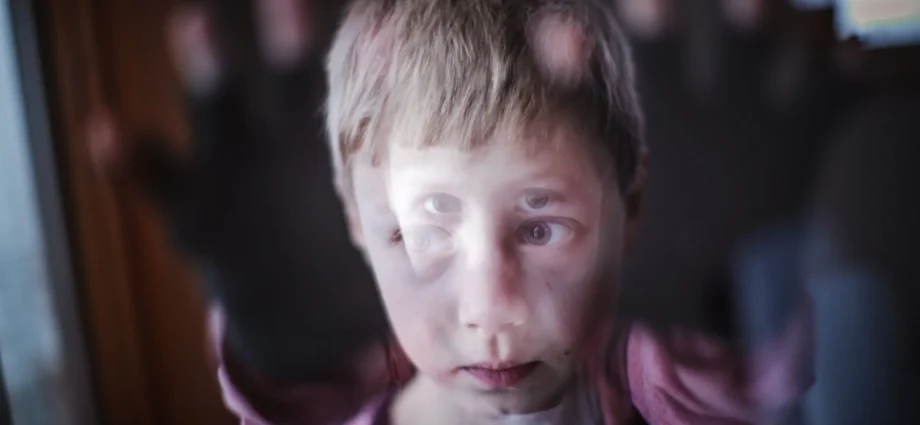Schizophrenic psychoses can begin during development, although studies show that schizophrenia is relatively rare in children and the incidence increases during adolescence. Diagnostic criteria for children and adolescents are the same as for adults. The only change in the classification of mental disorders is that delusions and hallucinations may be less severe. Schizophrenia with onset in adolescence is similar in its clinical presentation and course to the disorder in an adult.

Hallucinations and formal thought disorders are more common, less often — systematic delirium and catatonic symptoms. Common delusions include paranoid, hypochondriacal, and body dysmorphic delusions. The experience of existential fears and fears associated with peers intensifies. An increase in obsessive-compulsive and affective symptoms during adolescence presents a diagnostic challenge. They may suppress symptoms of psychosis, but they may also be temporary, although schizophrenic obsessions are more «bizarre» than neurotic obsessions.
Important for the course of the disease is the ability to identify the so-called prepsychotic precursors, which most often precede the phase of overt psychotic symptoms. Unfortunately, studies show that in a significant proportion of patients with early onset schizophrenia, premorbid disorders are neurotic, affective or behavioral disorders (behavioral disorders) or prepsychotic disorders of perception and thinking.
Emphasizing the importance of early diagnosis of psychotic disorders and shortening the period of untreated psychosis, attention is drawn to the importance of prognostic factors such as:
- Family burden of psychotic disorders
- Schizoid personality traits
- Substance abuse
- Unusual thought content, heightened suspicion and distrust
- Serious difficulties in social functioning
Symptoms indicative of a disease vary in nature and may include, but are not limited to:
- Depressive symptoms, mood instability
- Hyperactivity
- Increased irritability
- Verbal and active aggression
- Autoaggression
- Bow
- Deterioration of social functioning: school, contacts with peers. Refusal to go to school.
- Decreased vitality, interests and motivation to act
- Trends towards social isolation
- Suspicion, distrust, dislike
- thought disorder
- Cognitive impairment
- Changing the sense of self and environment
- Sleep disorders, appetite disorders
- Mental and functional compulsions
- Somatic complaints
- Strange behavior

Patients at high risk of developing the disease are offered various forms of early intervention aimed at delaying the development of full-blown psychosis, reducing the severity of symptoms, or even blocking the development of the disease. Effective interventions include various forms of individual psychotherapy, family therapy, psychoeducation, and the use of antipsychotic drugs.
The differential diagnosis of the first illness in adolescence should include schizoaffective and affective disorders, common developmental disorders: autism and Asperger’s syndrome, behavioral and personality disorders, anxiety, obsessive-compulsive and post-traumatic disorders.
There is general agreement among researchers and clinicians that early age of onset significantly interferes with proper psychosocial development. The lack of an educated mature personality structure and a sufficient level of social independence, the lack of experience in functioning in various social roles and the lack of sufficiently developed functional mechanisms for coping with stressors can be a significant reason for the worst course of life.










